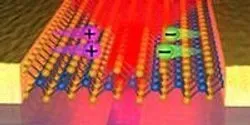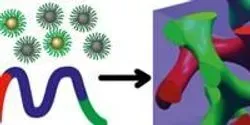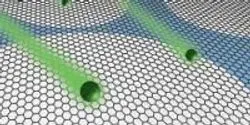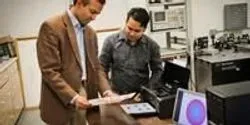Materials Science

BASF has established the research initiative “Network for Advanced Materials Open Research” (NAO) together with seven leading universities and research institutes in China, Japan and South Korea.

Most modern electronics, from flat-screen TVs and smartphones to wearable technologies and computer monitors, use tiny light-emitting diodes, or LEDs. These LEDs are based off of semiconductors that emit light with the movement of electrons. As devices get smaller and faster, there is more demand for such semiconductors that are tinier, stronger and more energy efficient.

A new Center for Dielectrics and Piezoelectrics, supported by the National Science Foundation and co-located at Penn State University and North Carolina State University, will build on and expand the research capabilities of Penn State's long-running Center for Dielectrics Studies.

The trick to producing a synthetic version of this superstrong material may finally be realized.

Carnegie Mellon University's Metin Sitti Develops System for Replicating How Geckos Keep Webbed Feet Sticky and Clean.

For close to two decades, Cornell University scientists have developed processes for using polymers to self-assemble inorganic nanoparticles into porous structures that could revolutionize electronics, energy and more.

New technique developed at MIT produces highly selective filter materials, could lead to more efficient desalination.

With more than 1,600 products using nanotechnology on the market, a team of undergraduate researchers at North Dakota State University (NDSU) is examining how people perceive such products and how these products might ultimately affect the environment.












